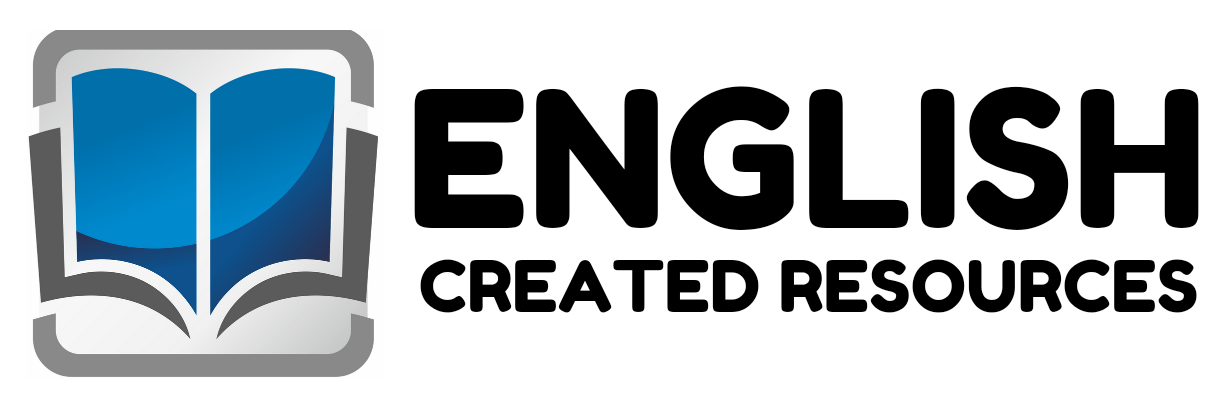Thanksgiving Turkey Beginning Sounds Match

Thanksgiving Turkey Beginning Sounds Match
A Thanksgiving Turkey Beginning Sounds Match activity is far more than a seasonal literacy game—it is a powerful early learning tool that helps preschoolers build the foundational skills needed for reading and language development. At first glance, matching turkey feathers with beginning sound letters or pictures may look like simple fun. But in reality, this activity supports phonemic awareness, vocabulary growth, critical thinking, and early literacy readiness in profound ways. When children engage in this Thanksgiving-themed beginning sounds task, they are strengthening essential cognitive and linguistic abilities that they will rely on throughout their academic journey.
One of the core benefits of this activity is the development of phonemic awareness, one of the strongest predictors of future reading success. Phonemic awareness is the ability to hear, identify, and manipulate individual sounds in spoken words. The Thanksgiving Turkey Beginning Sounds Match helps children isolate the first sound in a word—for example, recognizing that “turkey” starts with the /t/ sound or “pumpkin” starts with the /p/ sound. By matching a picture of a turkey with feathers that contain letters or pictures beginning with the same sound, children train their ears to listen carefully to the initial phoneme. This early work with beginning sounds forms the foundation of decoding and blending skills later used in reading.
In addition to phonemic awareness, this activity also supports letter-sound correspondence, another essential literacy skill. Preschoolers often recognize letters before they understand the sounds those letters represent. Through the Thanksgiving Turkey Beginning Sounds Match, children begin to link each letter to its corresponding sound, reinforcing the idea that letters are not just shapes—they carry meaning and sound. When they attach the feather marked “S” to a picture of a “sun,” they strengthen the mental connection that the letter S makes the /s/ sound. This repeated interaction with letters helps children become more confident and fluent in their early alphabet knowledge.
A Thanksgiving-themed activity also adds a layer of vocabulary building, as children are exposed to new seasonal words connected to the holiday. Words like “corn,” “feast,” “pie,” “leaf,” “acorn,” and “harvest” allow children to expand their vocabulary while practicing beginning sounds. Teachers can introduce new terms during the activity, discuss their meanings, and encourage children to repeat them. When vocabulary is embedded in a fun, thematic context, children are more likely to remember and use the new words. This natural language enrichment helps develop stronger communication and comprehension skills.
The Thanksgiving Turkey Beginning Sounds Match also plays an important role in cognitive development, as it requires children to use critical thinking and problem-solving strategies. Preschoolers must analyze the picture, determine its beginning sound, recall the matching letter, and physically place the feather in the correct spot. This multi-step mental process strengthens memory, attention span, and sound discrimination skills. The problem-solving element engages children’s minds, teaching them to think carefully, make connections, and self-correct when needed.
Another major benefit of this activity is the development of fine motor skills. Children use their hands to pick up feathers, attach them to the turkey, and manipulate small pieces. These hand movements support the muscles needed for handwriting, self-care tasks, and other essential coordination skills. Whether the feathers are paper cutouts, Velcro pieces, clothespins, or laminated cards, the act of placing them enhances finger strength and hand-eye coordination. In a preschool environment, any activity that blends literacy with fine motor practice is highly valuable for school readiness.
This Thanksgiving-themed beginning sounds match also promotes independence and confidence in early literacy. Because the activity is visual, hands-on, and structured, preschoolers can often complete it with minimal adult assistance. This independence gives them a sense of accomplishment and motivates them to engage more with letters and sounds. As they match more feathers correctly, their confidence grows, reinforcing the idea that they can learn literacy skills through fun and exploration. Confidence in early learning leads to stronger engagement and perseverance in future academic tasks.
A Thanksgiving Turkey Beginning Sounds Match also encourages social interaction and cooperative learning when used in small groups or classroom centers. Children can work together to decide which feather matches which sound, share materials, discuss answers, and help one another. These interactions build communication skills, patience, turn-taking, and teamwork—social-emotional skills that are just as important as academic ones. The activity becomes an opportunity for peer learning, where children learn from observing and listening to one another.
Additionally, this activity creates a meaningful seasonal connection, helping children understand and appreciate the Thanksgiving holiday in a developmentally appropriate way. Preschoolers learn best through hands-on activities, and incorporating Thanksgiving elements like turkeys, feathers, and fall images makes the learning experience meaningful and memorable. The theme also builds excitement, which naturally increases motivation and engagement. When children are excited about learning, they absorb information more easily and retain it longer. Thanksgiving Turkey Beginning Sounds Match
Get More Thanksgiving Activities Here
The Thanksgiving Turkey Beginning Sounds Match can also be adapted to different learning levels, making it an inclusive activity for all preschoolers. Children who are just beginning to learn letters can match pictures to sounds using simple, familiar words. More advanced learners can match uppercase letters, lowercase letters, or even blend initial consonants with vowels. The flexibility of the activity allows teachers to differentiate instruction, ensuring that every child is challenged appropriately and supported where needed. This adaptability makes it a powerful tool in mixed-ability classrooms.
Finally, this activity helps children develop focus, patience, and task persistence, which are crucial school readiness skills. Because children must analyze each picture and identify its beginning sound, the activity naturally encourages concentration. Preschoolers learn to stay engaged, follow a process, check their work, and complete the task. These habits build the foundation for future classroom expectations, such as finishing assignments, participating in reading groups, and listening during instruction.
Samples From The Activity













